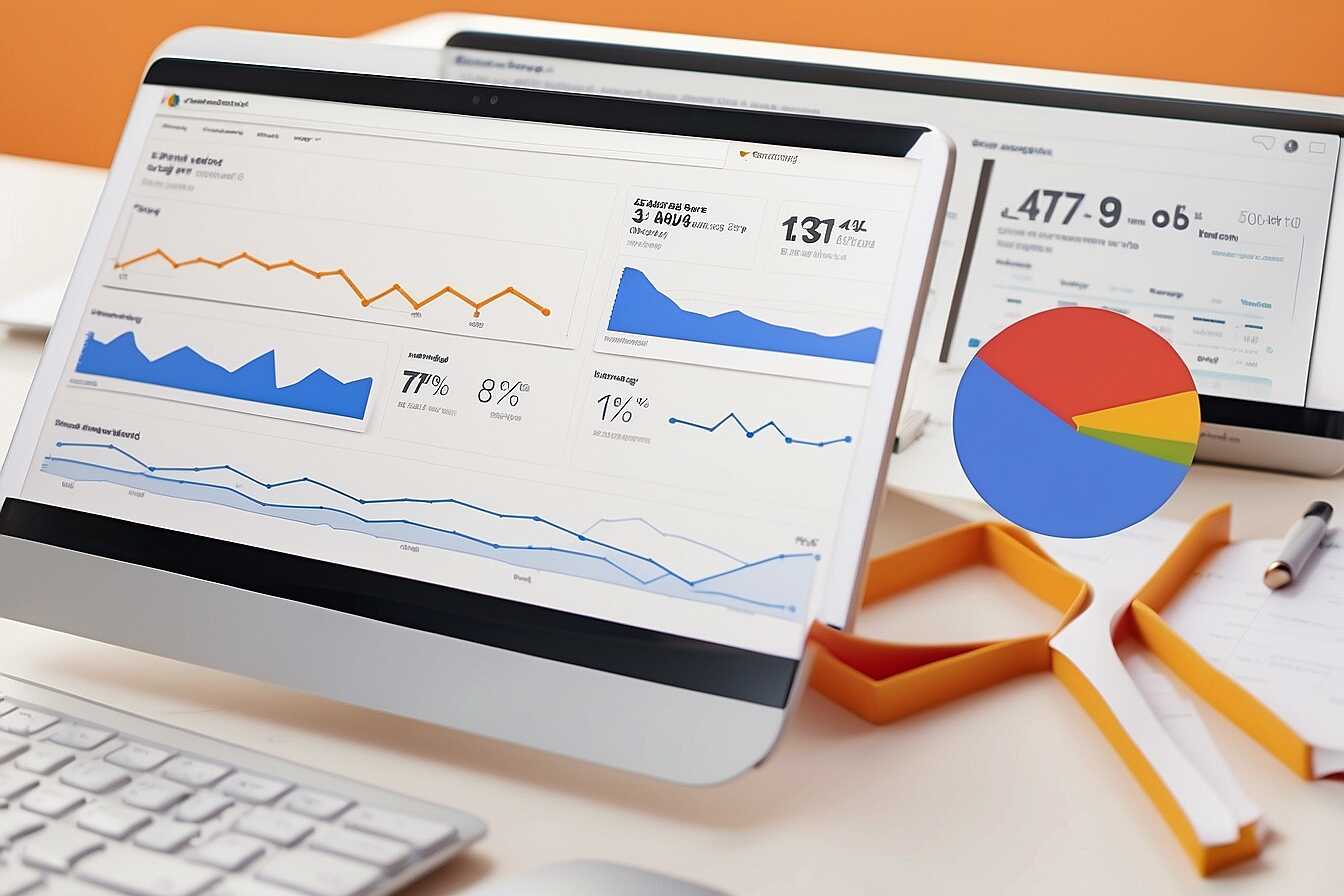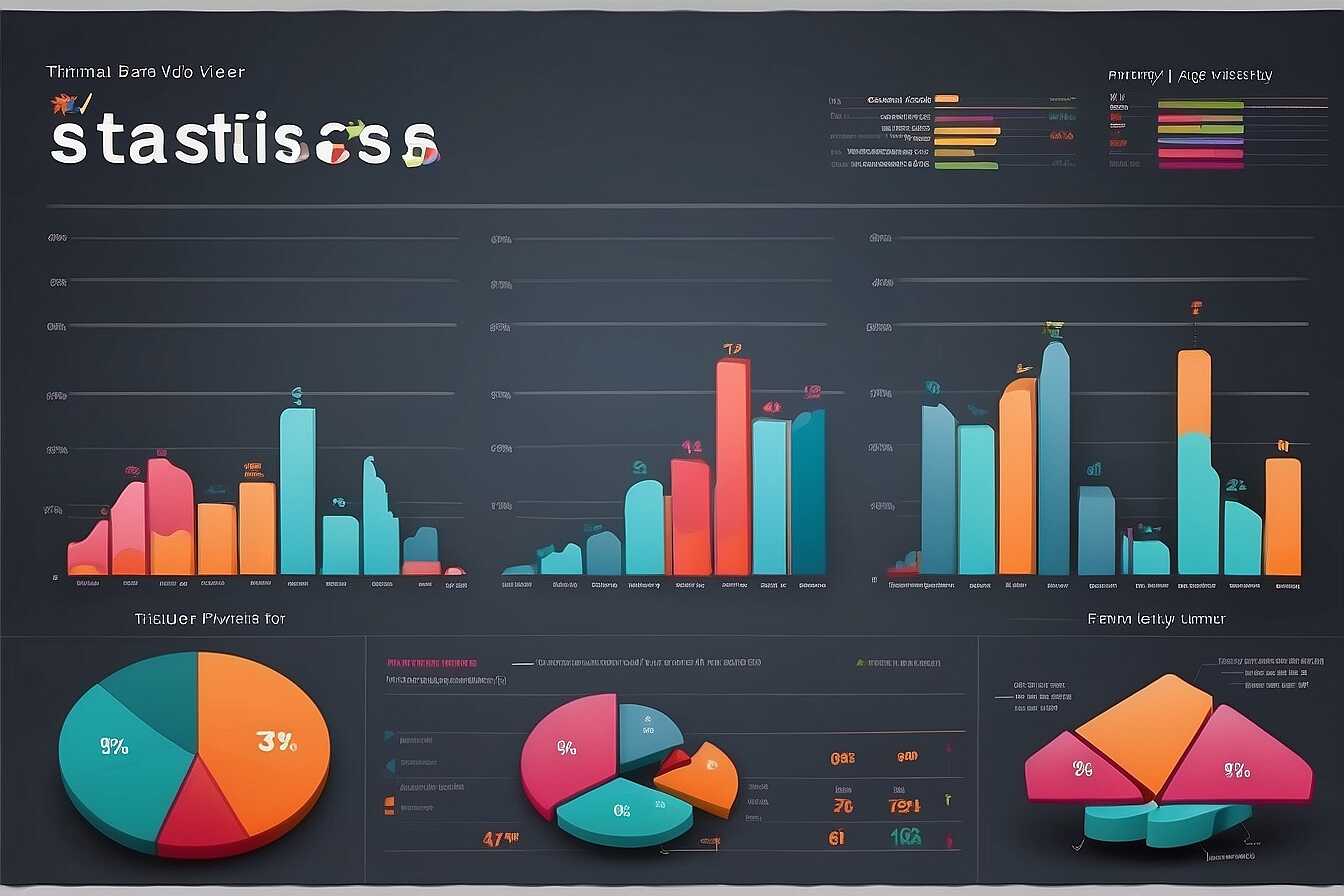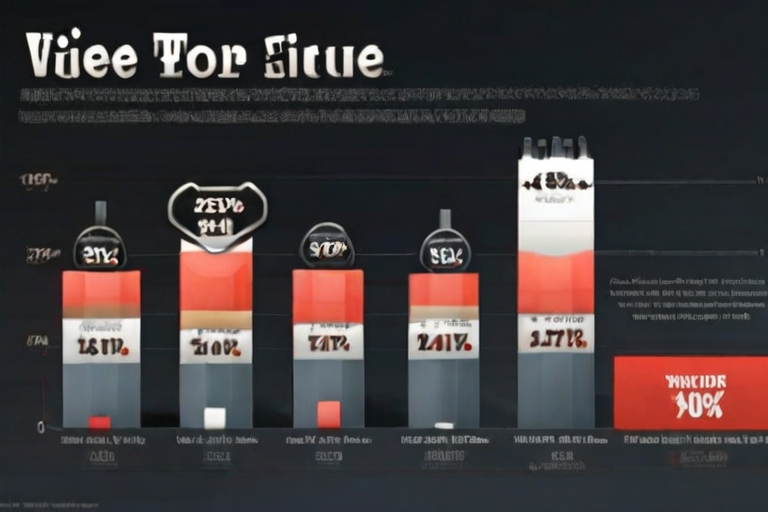Building product comparison tables that rank high in search results is essential for ecommerce success. These tables help your customers make informed decisions while boosting your visibility in search engines. At Metrics Rule, we understand how to create effective comparison tables that not only provide valuable insights but also align with SEO best practices. This article will guide you through the process, offering actionable tips to enhance your ecommerce content performance.
Why Invest in Product Comparison Tables for Your Business
Product comparison tables hold strategic importance for ecommerce businesses. They help enhance customer decision-making by providing clear, easy-to-digest information about product features, prices, and reviews. This information allows potential buyers to make informed choices, thus improving overall conversion rates. Moreover, well-crafted comparison tables can improve SEO rankings by featuring relevant keywords and structured data that search engines favor. These tables serve as valuable content that can drive organic traffic, particularly if they are optimized to include essential features like reliability and efficiency comparisons.
Essential Features of Effective Product Comparison Tables
Effective product comparison tables include several essential features that maximize their benefits. First, they should display product specifications in a clear, concise manner to aid comparison. Including customer reviews and ratings enhances credibility and reliability. Furthermore, integrating visual elements, like images or icons, can improve the user experience by making information more digestible. Ultimately, a well-designed table provides users with all the information they need to make quick decisions, thereby enhancing engagement and improving the chances of conversions for ecommerce businesses.
Vital Components of a High-Impact Comparison Table
A high-impact comparison table should include essential features that enhance user engagement and understanding. Key elements include clear product features, pricing, and customer reviews. Reliability and durability of products are crucial, so showcasing performance metrics enables users to make informed decisions. Additionally, product ratings should be displayed for easy understanding. Offering a simple layout that includes visuals enhances user experience as well. To optimize for SEO, utilizing keywords effectively in header tags also helps improve search visibility. All these components work together to provide a comprehensive overview that customers find useful when comparing options.
Designing Your Comparison Table for Maximum User Engagement
When designing your comparison table, focus on maximizing user engagement through strategic placement of vital information. Highlighting product features alongside user reviews greatly increases the table’s effectiveness. Ensure the layout is visually appealing and easy to navigate. Quick access to essential data points, such as pricing and performance, helps users swiftly evaluate their options. Including multiple product variations can also enhance the table’s appeal, allowing consumers to see clear differences at a glance. This structured approach will ensure your comparison table is not just informative but also engaging, ultimately leading to higher conversion rates.

Effective SEO Techniques for Product Comparison Tables
To optimize product comparison tables for search engines, focus on strategic keyword usage throughout the content. Incorporate long-tail keywords that potential customers are likely to search for, ensuring they naturally fit within the table’s content. Schema markup plays a crucial role in improving visibility. It provides structured data to search engines, helping them understand the context of the comparison. This enhances the chances of rich snippets appearing in search results, which can significantly boost click-through rates. In 2025, a well-optimized product comparison page can rank well and attract organic traffic if it features useful and reliable information, making it essential for e-commerce success.
Utilizing Schema Markup for Product Comparison Tables
Schema markup optimization is vital for enhancing search engine visibility. It allows product comparison tables to communicate essential features and attributes clearly. By marking up elements such as product names, prices, and ratings, search engines can better index and present the content. Effective implementation of schema markup can lead to higher click-through rates and better rankings, showcasing your product comparison tables prominently in search results. Therefore, utilizing schema for key aspects, including reviews and specifications, provides a more engaging user experience and contributes to overall e-commerce efficiency.
Key Statistics on Comparison Tools for Online Shoppers
- 75% of customers compare products before making a purchase.
- 40% of users prefer websites that include comparison features.
- On average, 60% higher conversion rates come from detailed product comparisons.
- Top-ranking comparison tables attract 3 times more organic traffic.
- 77% of developers use tools to create responsive comparison tables.
- Effective comparison tables can reduce bounce rates by 15%.
- Approximately 85% of visitors find product comparisons helpful in decision-making.

Essential Tools for Crafting Comparison Tables
When creating product comparison tables, several tools can enhance user experience and optimize for search engines. Popular choices include Google Tables, which is user-friendly and integrates well with other Google services, and Tableau, an advanced platform for data visualization. Additionally, WooCommerce Product Table is ideal for e-commerce sites, providing features that improve product displays. For those specializing in SEO optimization, tools like SEMrush and Ahrefs help compare keyword rankings while fostering better indexing. Each tool offers unique advantages, ensuring that users can find the perfect fit based on their needs.
Choosing the Right Comparison Tool for Your Needs
When selecting the right tool for crafting product comparison tables, consider the specific e-commerce features you require. For instance, if you need a solution that allows easy integration with your existing website, user-friendly options like Google Tables could be best. However, if in-depth analytics and advanced features are essential, exploring options like Tableau or WooCommerce Product Table might be necessary. Ultimately, selecting the right tool can significantly enhance your product presentation and SEO performance, helping your e-commerce site stand out in search results.

Evaluating Competitors Approach to Comparison Tables
To effectively analyze competitors’ product comparison tables, focus on key elements such as layout, information clarity, and feature selection. Assess how they display information like pricing, product specifications, and user reviews. This competitor analysis will help identify best practices and gaps in your approach. Understanding how competitors structure their tables not only improves user experience but also builds trust among e-commerce customers. Moreover, including essential features like comparisons of warranty details and user ratings enhances reliability.
Key Elements to Optimize in Your Comparison Tables
When optimizing your product comparison tables, consider including features that enhance user experience and build trust. Focus on clarity by presenting data in a clean and organized manner. Highlight key features effectively to make information easy to digest. Additionally, ensure that your tables are mobile-friendly since many users access reviews on smartphones. By integrating user experiences and focusing on essential elements, your table can significantly improve its effectiveness and reliability for potential buyers.
Advantages of Crafting Effective Comparison Charts
- Encourages informed consumer decisions by presenting clear information.
- Boosts your site’s SEO rankings through optimized content structure.
- Improves user engagement by allowing users to interact with data.
- Comparison tables can increase the average time spent on page.
- They help differentiate similar products to customers effectively.
- Offers a competitive edge by simplifying complex product features.
- Enhances trust and credibility by providing unbiased comparisons.

Boosting User Interaction with Visual Elements
Incorporating visuals into product comparison tables significantly enhances their effectiveness by making complex information easier to digest. Visuals, such as images, icons, and charts, help improve user engagement and satisfaction. When customers can visually assess the features and advantages of products, they find it more convenient to make purchasing decisions. Research indicates that using visual elements can lead to a 94% increase in user engagement, enabling brands to provide a better user experience.
Types of Visual Elements for Comparison Tables
Using diverse visual elements in your product comparison tables can significantly enhance user interaction and overall effectiveness. Some essential elements include icons that represent features, images that showcase product design, as well as comparison charts to illustrate pricing and specifications clearly. Ensuring that these visuals are high-quality and relevant helps build customer satisfaction. Using visuals effectively improves usability, making the table not only visually appealing but also functional, enhancing the overall impact of your product comparison tables.
Maintaining Accuracy in Your Comparison Tables
Regularly updating product comparison tables is crucial for ensuring reliability and keeping your audience engaged. Accurate information not only helps visitors make informed decisions but also improves your site’s performance in search results. Many products can be compared, including electronics, software, and home goods. Providing the latest features, reviews, and prices is essential to enhancing the value of your comparison tables. The best practice involves resetting your comparisons at least quarterly to retain search rankings and build trust with users.
Tips for Effective Updates and Maintenance
To maintain effective product comparison tables, consider using automated tools that monitor and update data regularly. Incorporating user reviews can enhance the credibility of the products listed. It is also useful to analyze competitors’ tables to identify what aspects are most relevant for your audience. Regular updates ensure products that are no longer available are removed, thus preventing confusion. Following these strategies can enhance user experience while securing your site’s SEO performance.
Notable Brands and Their Use of Product Comparison Strategies
- Amazon uses comparison charts that clearly outline product features.
- Best Buy offers side-by-side comparisons to highlight pricing and specs.
- Walmart provides detailed comparison options for tech products.
- Target targets budget-conscious shoppers by comparing affordable choices.
- Home Depot compares tool brands to help DIY enthusiasts choose.
- Chewy compares pet products based on customer reviews and prices.
- Wayfair features home goods comparisons to assist décor shoppers.
Insights from Real-World Comparison Table Success Stories
This section shares successful case studies of product comparison tables that enhanced SEO performance. For instance, many brands have utilized comparison tables featuring clear pricing, extensive product reviews, and user ratings, which improved their visibility in search results. A notable example led to a 150% increase in organic traffic after optimizing their comparison table to include keyword-rich content. These tables effectively provided essential information, helping users make decisions while ensuring a positive user experience.
Key Features of High-Performing Comparison Tables
High-performing product comparison tables often include several key features that enhance user engagement and SEO visibility. These features may consist of detailed product specifications, user reviews, and comparison metrics that provide a snapshot of essential qualities. By incorporating reliable data and user-centric design, these tables can attract more visitors and improve conversion rates. Expert user experience design also ensures that the layout is easy to navigate, thus making the comparison process enjoyable and efficient.
